
Algae are simple plant-like organisms that live in water and are often found in outdoor fountains. Algae grow in water that is warm, nutrient-rich, and exposed to sunlight, which makes outdoor fountains a common location for their growth.
There are many different types of algae, and they come in a variety of colors, including green, brown, and even black. In outdoor fountains, algae can grow on the surface of the water and along the sides of the fountain, where they form a scummy film that can be unsightly and unappealing.
In addition to being aesthetically unpleasant, algae can also cause problems for the functioning of the fountain. Algae can clog the pumps and filters, which can lead to reduced water flow and decreased performance. Additionally, algae can produce unpleasant odors and create an environment that is conducive to the growth of other harmful organisms, such as bacteria and fungi. Algae growth can make the water appear green and cloudy.
That's why it is important to take steps to prevent and control algae growth in outdoor fountains, such as cleaning the fountain regularly, controlling the water temperature, adding algae inhibitors, and maintaining the right balance of chemicals in the water. By taking these precautions, you can help keep your outdoor fountain looking and functioning its best.

Adding Algae Inhibitors
Adding algae inhibitors to your outdoor fountain is an effective way to prevent algae growth and keep the water clean and clear. Here's what you need to know about using algae inhibitors in your fountain:
Purpose:
Algae inhibitors are specially formulated products that are designed to control the growth of algae in water. By inhibiting algae growth, these products help to keep the water clear and free of unsightly scum.
Types of inhibitors:
There are several different types of algae inhibitors available, including copper-based products, enzyme-based products, and biodegradable products. Choose a product that is appropriate for your fountain and the type of algae you are trying to control.
Dosage:
The amount of algae inhibitor you will need to add to your fountain will depend on the size of the fountain, the amount of water it holds, and the type of algae you are trying to control. Follow the manufacturer's instructions for application, and be sure to use the correct dosage to achieve the best results.
Application:
Algae inhibitors are typically added to the water in your fountain using a dispenser or dropper. Simply add the recommended amount of product to the water and stir it in.
Maintenance:
Once you have added an algae inhibitor to your fountain, it is important to maintain the water chemistry and continue to clean the fountain regularly to ensure that the inhibitor is effective. Follow the manufacturer's instructions for maintenance and reapplication as needed.
By adding an algae inhibitor to your outdoor fountain, you can help keep the water clean and clear, and prevent the growth of unsightly and potentially harmful algae. Just be sure to follow the manufacturer's instructions carefully, and monitor the water chemistry regularly to ensure that the inhibitor is working as it should.
Types of Algae inhibitors
There are several different types of algae inhibitors available for use in outdoor fountains, each with its own unique properties and benefits. Here is a closer look at some of the most common types of algae inhibitors:
Copper-based inhibitors:
Copper-based inhibitors are some of the most common and effective products for controlling algae growth in outdoor fountains. They work by releasing copper ions into the water, which are toxic to algae but safe for humans and other plants and animals. Copper-based inhibitors are typically available in liquid or tablet form and are easy to use.
Enzyme-based inhibitors:
Enzyme-based inhibitors are formulated to target specific types of algae, and work by breaking down the cell walls of the algae, killing it in the process. These products are environmentally friendly and safe for humans, plants, and animals, and are often biodegradable. They are typically available in liquid or tablet form and are easy to use.
Biodegradable inhibitors:
Biodegradable inhibitors are made from natural ingredients, such as plant extracts and enzymes, that are biodegradable and safe for the environment. They are often formulated to target specific types of algae and work by breaking down the cell walls of the algae, killing it in the process. Biodegradable inhibitors are available in liquid form and are easy to use.
Chemical inhibitors:
Chemical inhibitors are formulated to control algae growth in outdoor fountains using synthetic chemicals. They are typically available in liquid or tablet form and are easy to use, but can be toxic to humans and animals if used improperly. Chemical inhibitors should be used with caution and only under the guidance of a professional.
When choosing an algae inhibitor for your outdoor fountain, it is important to consider the type of algae you are trying to control, the size of the fountain, and your personal preferences. Consider trying a few different types of inhibitors to determine which works best for your fountain, and always follow the manufacturer's instructions carefully to ensure the best results.
Brands for Algae Inhibitors available in Australia
There are several brands of algae inhibitors available in Australia, including:
AquaChek:
AquaChek is a trusted brand of pool and spa chemicals, including algae inhibitors for controlling algae growth. Their products are available in both liquid and tablet form, and are designed to be easy to use and highly effective.
BioGuard:
BioGuard is a well-known brand of pool and spa chemicals, including algae inhibitors for controlling algae growth. Their products are environmentally friendly and safe for humans, plants, and animals, and are available in both liquid and tablet form.
HTH:
HTH is a well-known brand of pool and spa chemicals, including algae inhibitors for controlling algae growth. Their products are environmentally friendly and safe for humans, plants, and animals, and are available in both liquid and tablet form.
Chem-Tech:
Chem-Tech offers a range of algae inhibitors for controlling algae growth in outdoor fountains, swimming pools, and spas. Their products are easy to use and highly effective, and are available in both liquid and tablet form.
These are just a few of the many brands of algae inhibitors available in Australia. When choosing a product, it is important to consider the size of your fountain, the type of algae you are trying to control, and your personal preferences. Additionally, always follow the manufacturer's instructions carefully to ensure the best results and to avoid any potential harm to humans, animals, or the environment.
Keeping Your Fountain Clean
One of the most effective ways to prevent algae growth in your outdoor fountain is to keep it clean. Regular cleaning will remove any algae that may have started to grow, as well as any other debris or contaminants that could provide a suitable environment for algae growth. You should clean your fountain once a week, or more often if necessary, using a soft brush or sponge and a mild detergent.
Controlling the Water Temperature
Another important factor in preventing algae growth in outdoor fountains is controlling the water temperature. As mentioned earlier, warm water provides a suitable environment for algae growth, so it is important to keep the water temperature in your fountain as low as possible. One way to do this is to add a cover or shade to your fountain to reduce the amount of sunlight it receives. Another option is to install a pump that circulates the water and reduces the chance of algae growth.
Maintaining the Right Balance of Chemicals
Finally, it is important to maintain the right balance of chemicals in your outdoor fountain. pH levels that are too high or too low can create an environment that is favorable to algae growth, so it is important to regularly test the water and adjust the chemicals as necessary. You can purchase pH test strips from a local pool supply store and use them to check the pH levels of your fountain water.
Final Thoughts
Preventing algae growth in your outdoor fountain is essential for maintaining the beauty and functionality of this backyard feature. By implementing a regular cleaning and maintenance routine, as well as using effective inhibitors, you can effectively manage and prevent algae growth in your fountain. Whether you opt for copper-based inhibitors, enzyme-based inhibitors, or chemical inhibitors, it's important to choose a product that is compatible with the materials used in your fountain and to follow the manufacturer's instructions for safe and effective use in the Australian climate. With a little effort, you can enjoy a clean, clear, and beautiful outdoor fountain that will provide years of enjoyment and relaxation. This comprehensive guide provides all the information you need to get started, so take control of your fountain today and start enjoying all the benefits of a well-maintained outdoor oasis.
Related Articles
How to Remove White Scale from Your Water Feature
Winterizing Outdoor Water Fountains: A Complete Guide
Water Feature Maintenance: A Comprehensive Guide
Water Fountains for Noise Reduction
Frequently Asked Questions About Water Features


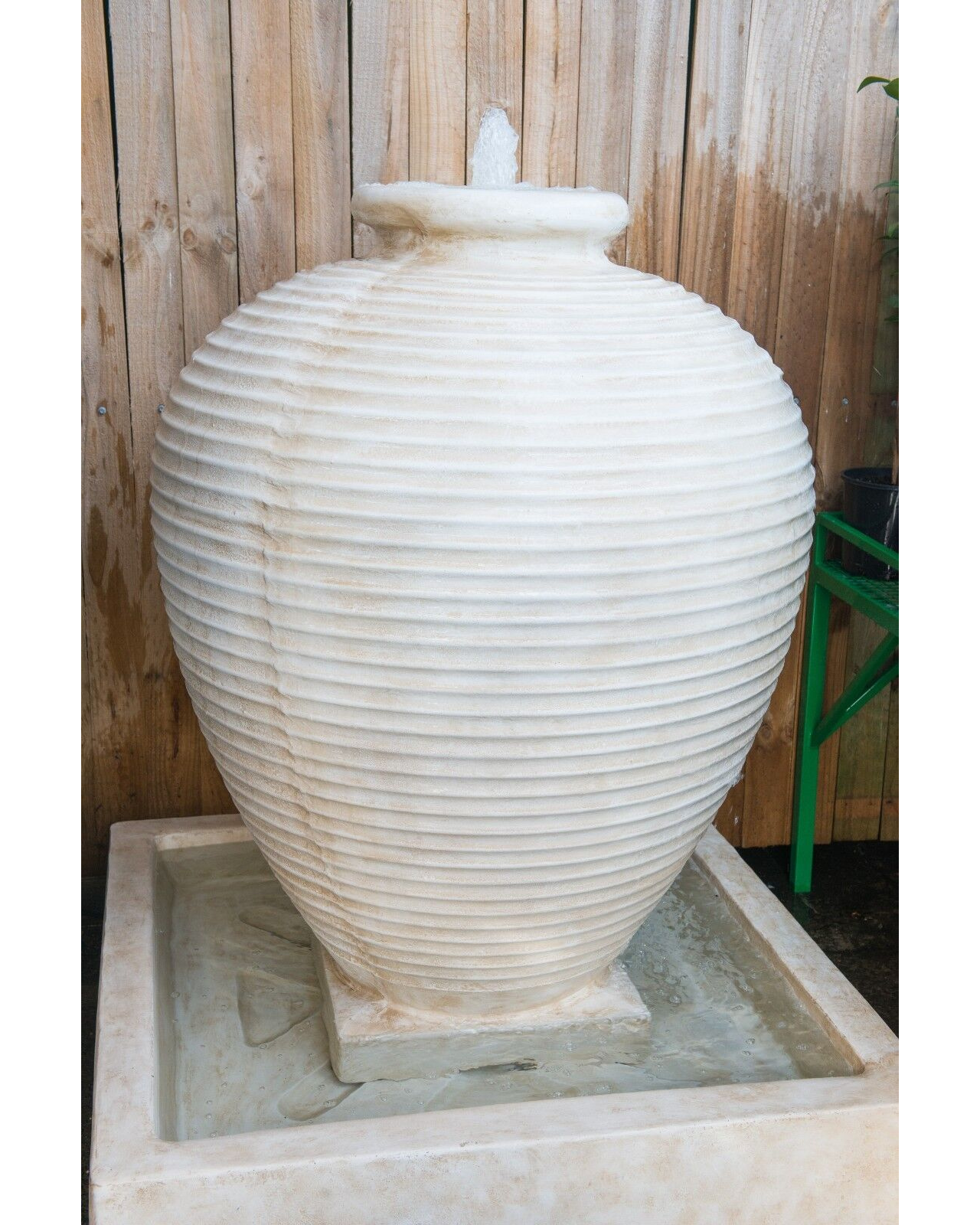

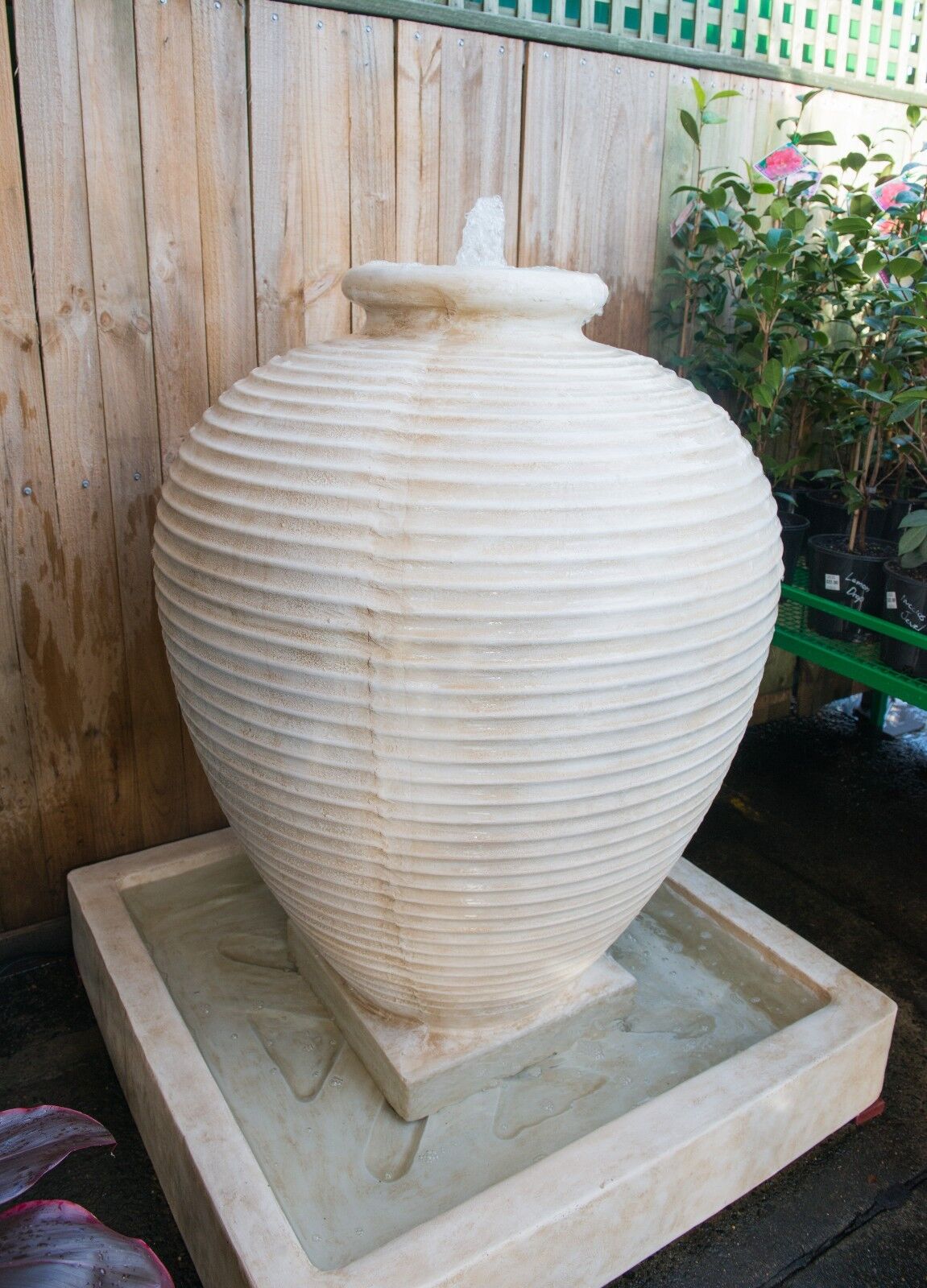
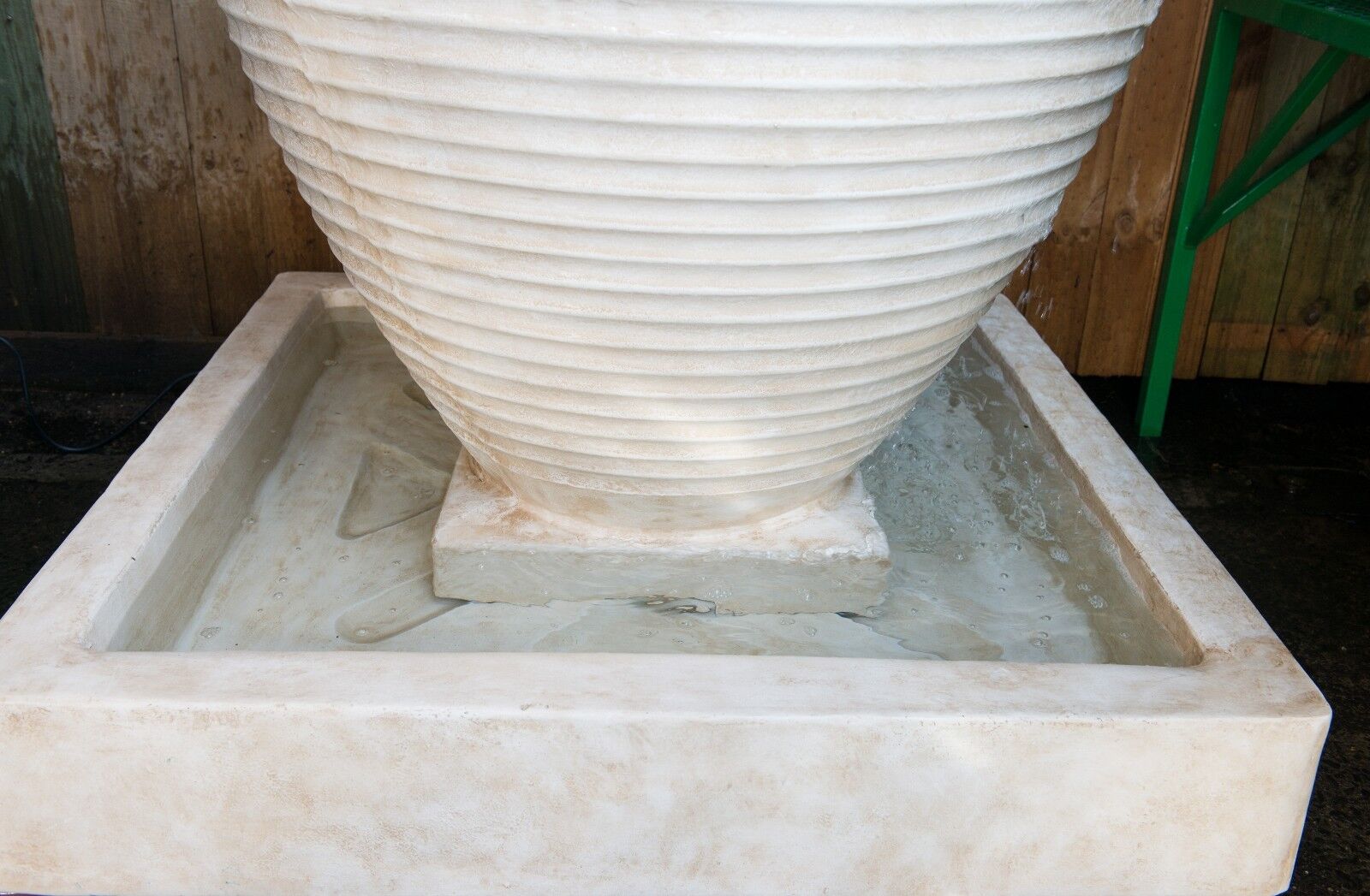
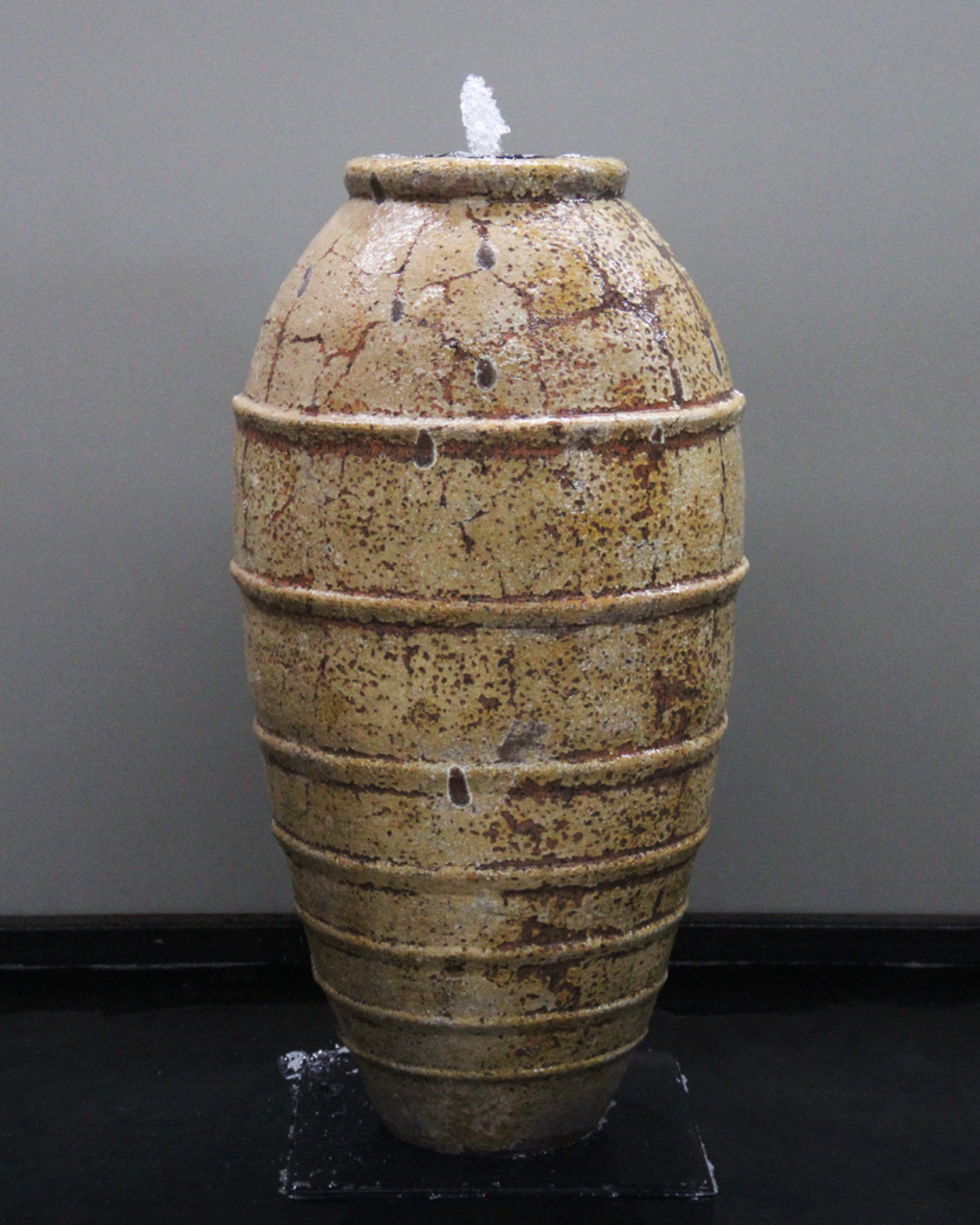

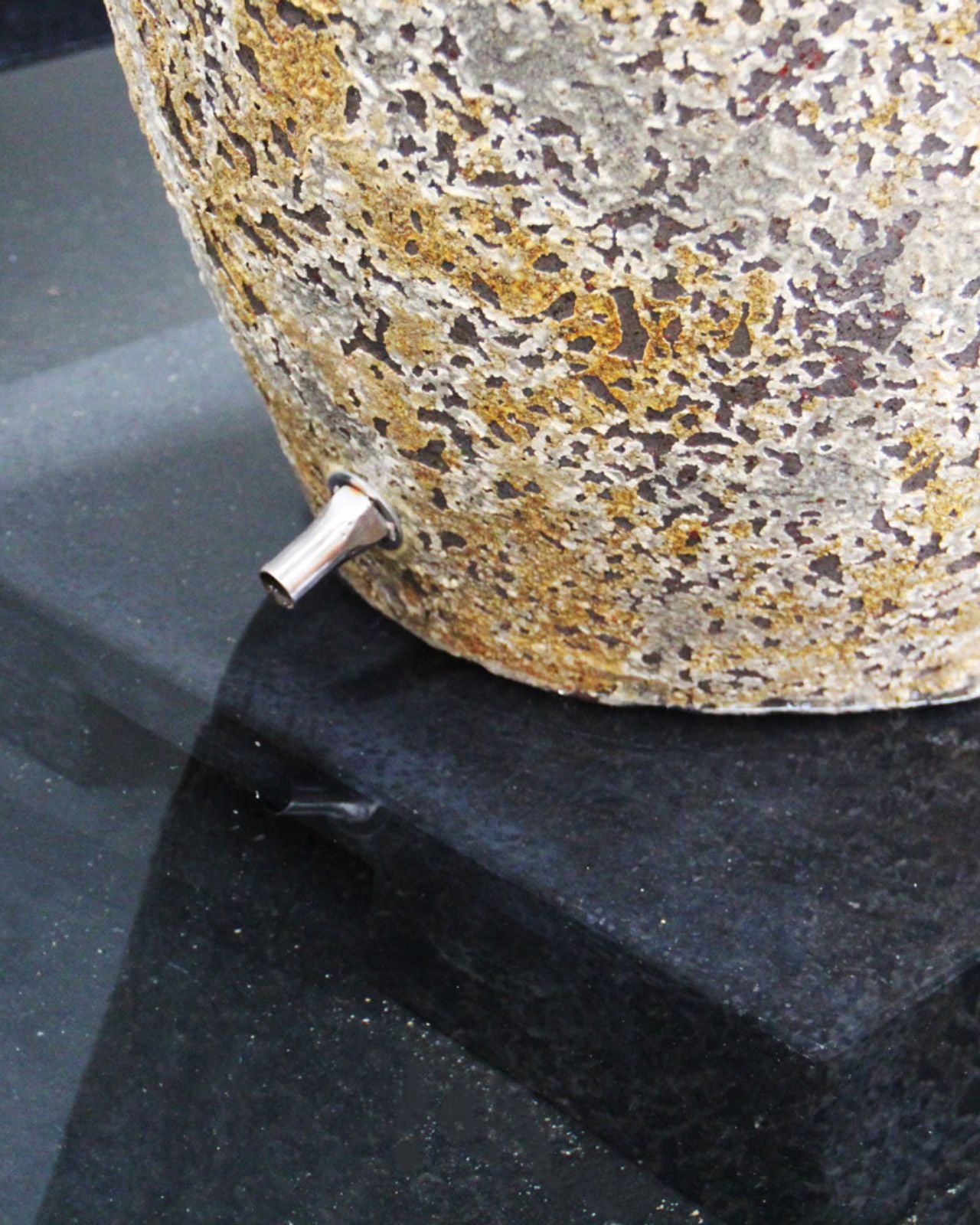
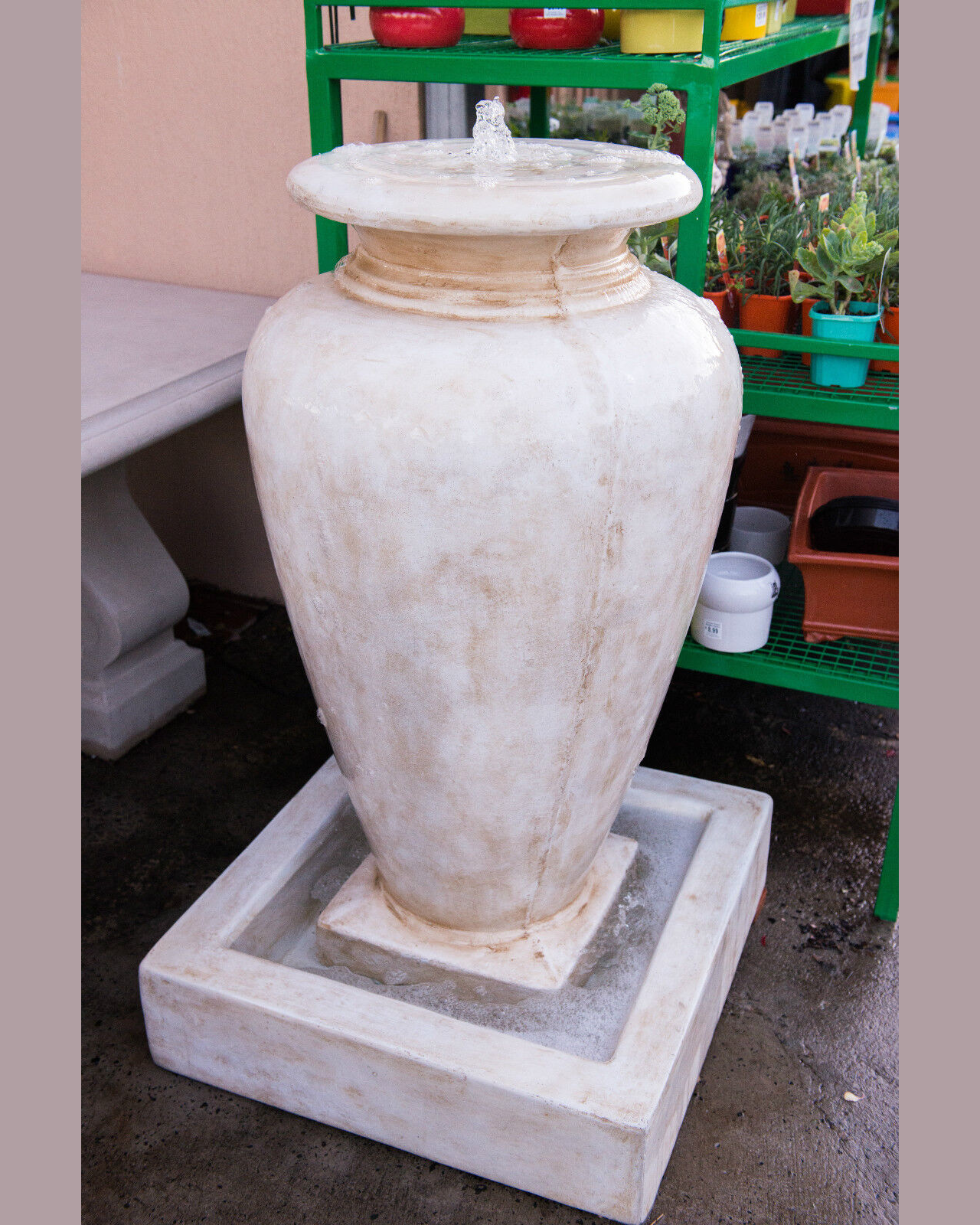

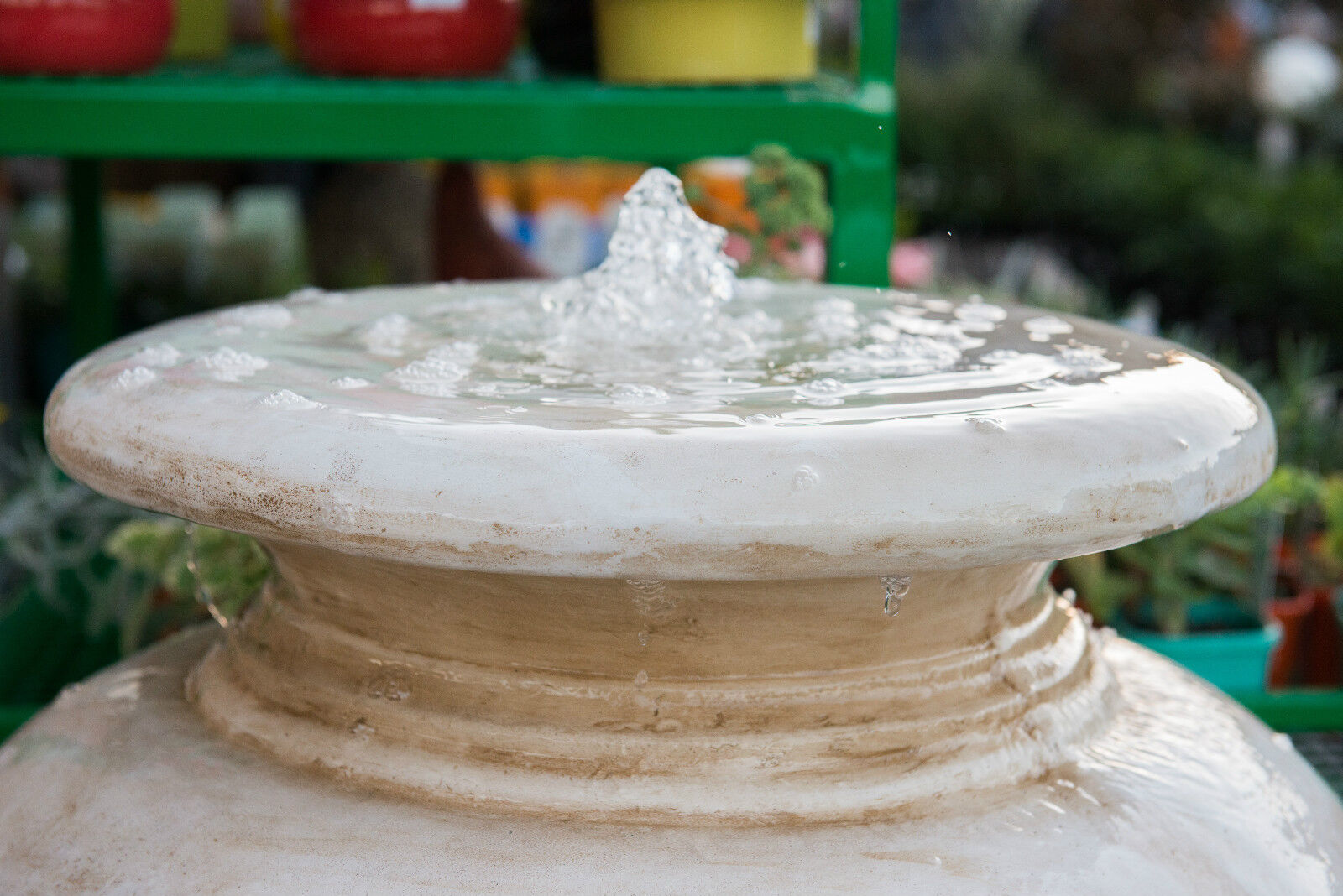
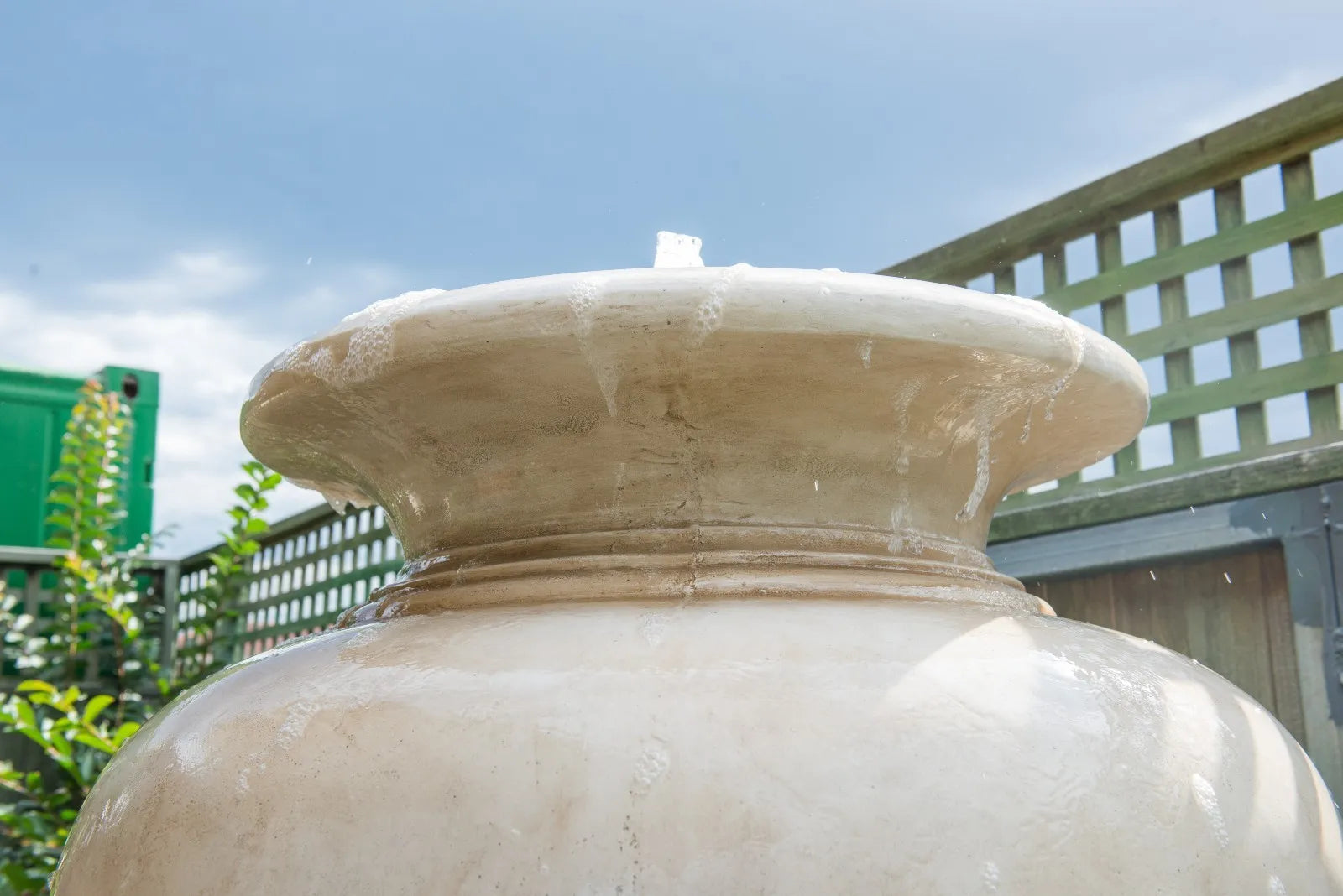
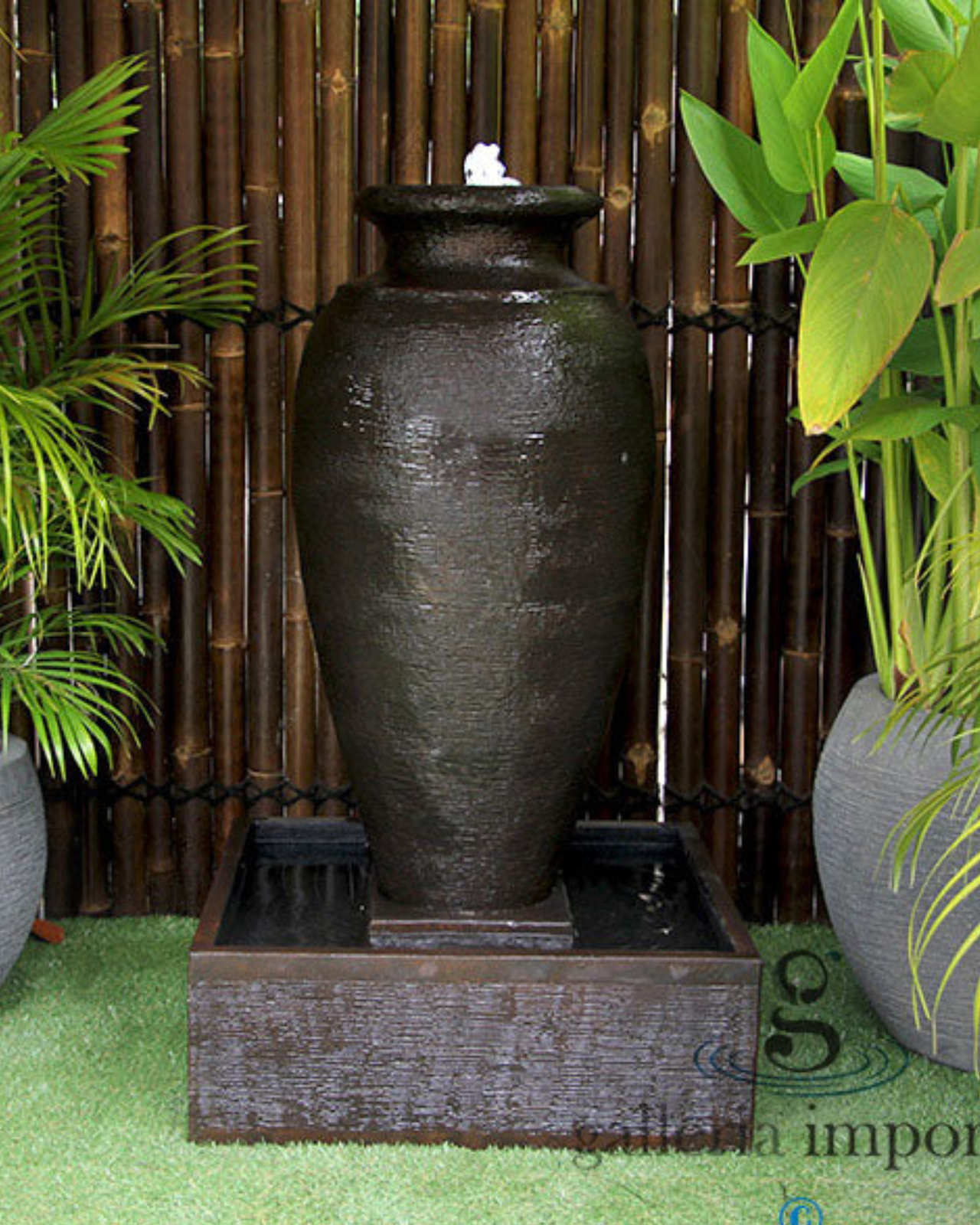

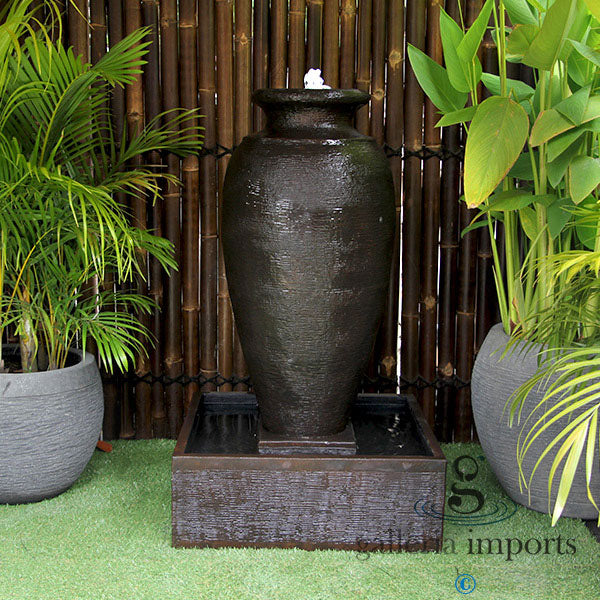
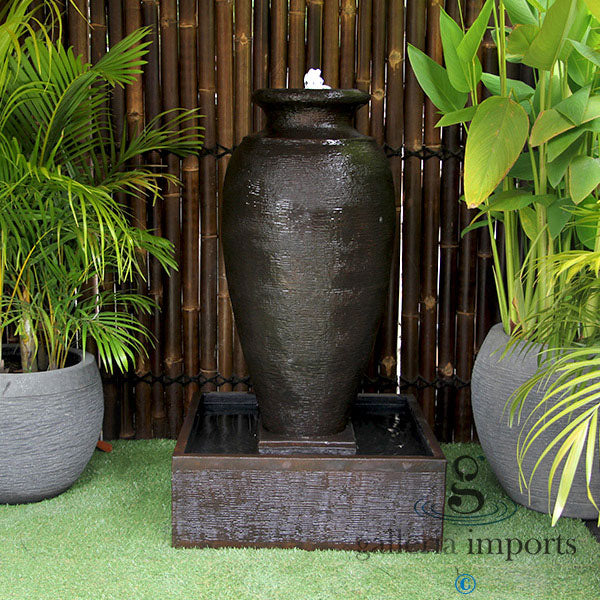
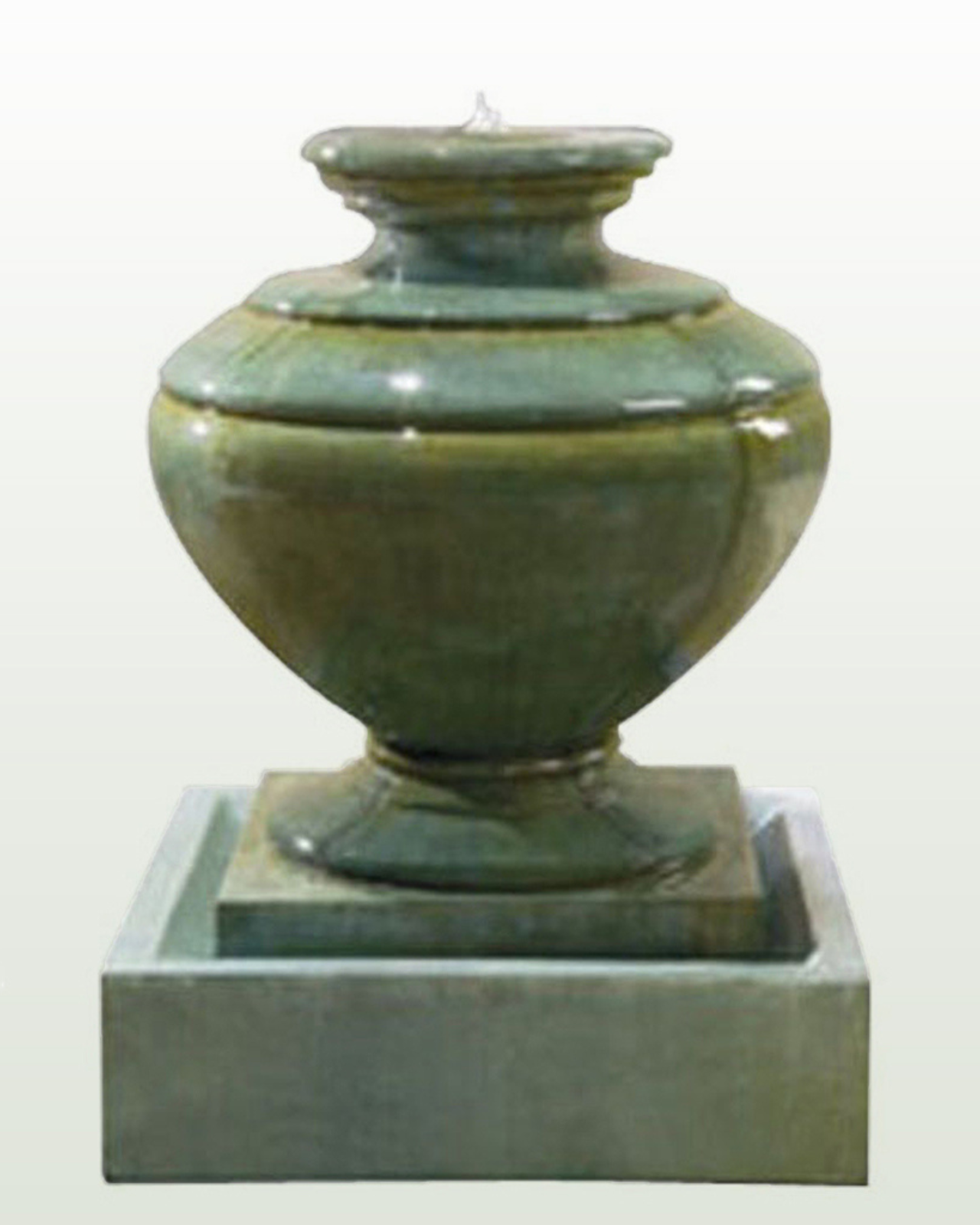
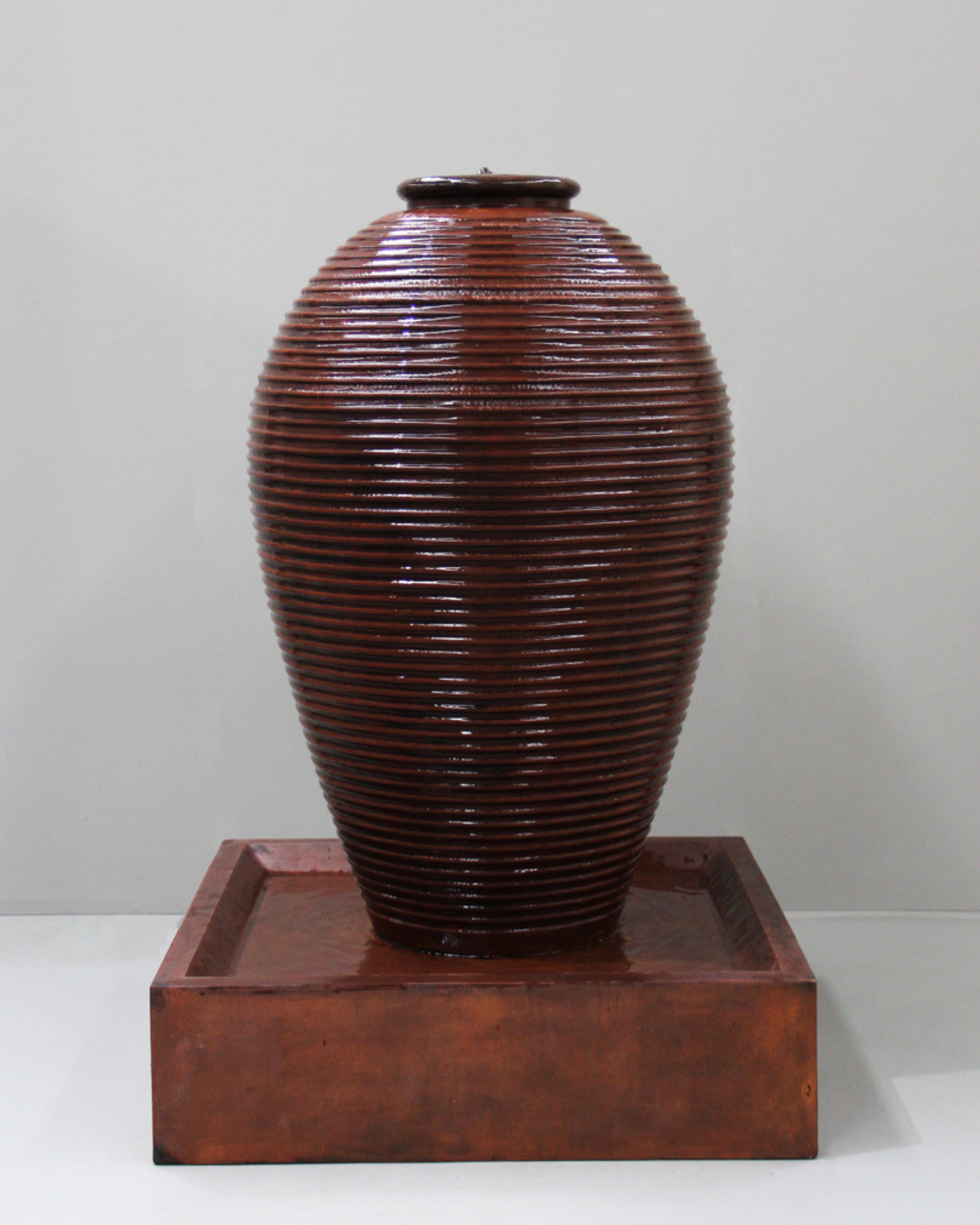
Share:
Water Fountains for Noise Reduction
Winterizing Outdoor Water Fountains: A Complete Guide